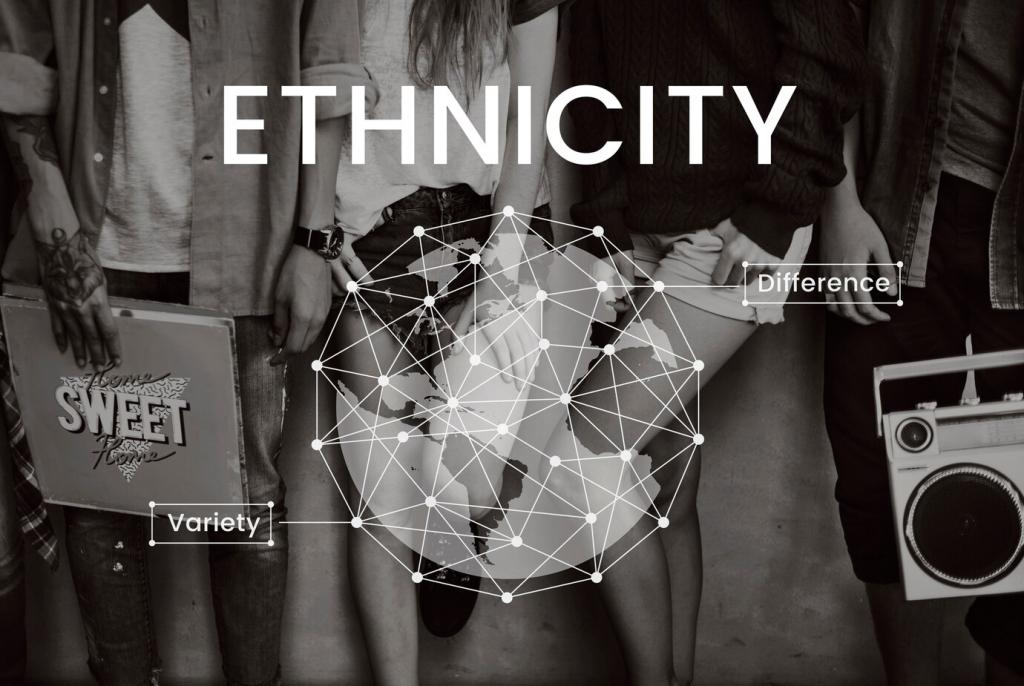This website uses cookies so that we can provide you with the best user experience possible. Cookie information is stored in your browser and performs functions such as recognising you when you return to our website and helping our team to understand which sections of the website you find most interesting and useful.
Strategies for Effective Multicultural Communication in English
Mastering multicultural communication in English is essential in our interconnected world, where individuals from diverse backgrounds interact more than ever. Achieving successful communication goes beyond linguistic proficiency; it encompasses cultural awareness, sensitivity, adaptability, and the ability to navigate nuanced social contexts. This guide explores eight core strategies designed to enhance your effectiveness when communicating across cultures in English, providing insights into language use, non-verbal cues, etiquette, and conflict resolution. Whether you engage in global business, travel, or collaborate within multicultural teams, these approaches will help you foster understanding, build trust, and achieve your objectives in a respectful and meaningful way.
Understanding Cultural Differences

Adapting Language for Clarity and Inclusion
Understanding Body Language Across Cultures
The Importance of Eye Contact
Space, Touch, and Physical Proximity
Building Trust and Rapport
Overcoming Language Barriers
Techniques for Clarifying Meaning
Utilizing Translation and Interpretation Wisely
Acknowledging and Addressing Misunderstandings
Practicing Effective Cross-Cultural Etiquette


